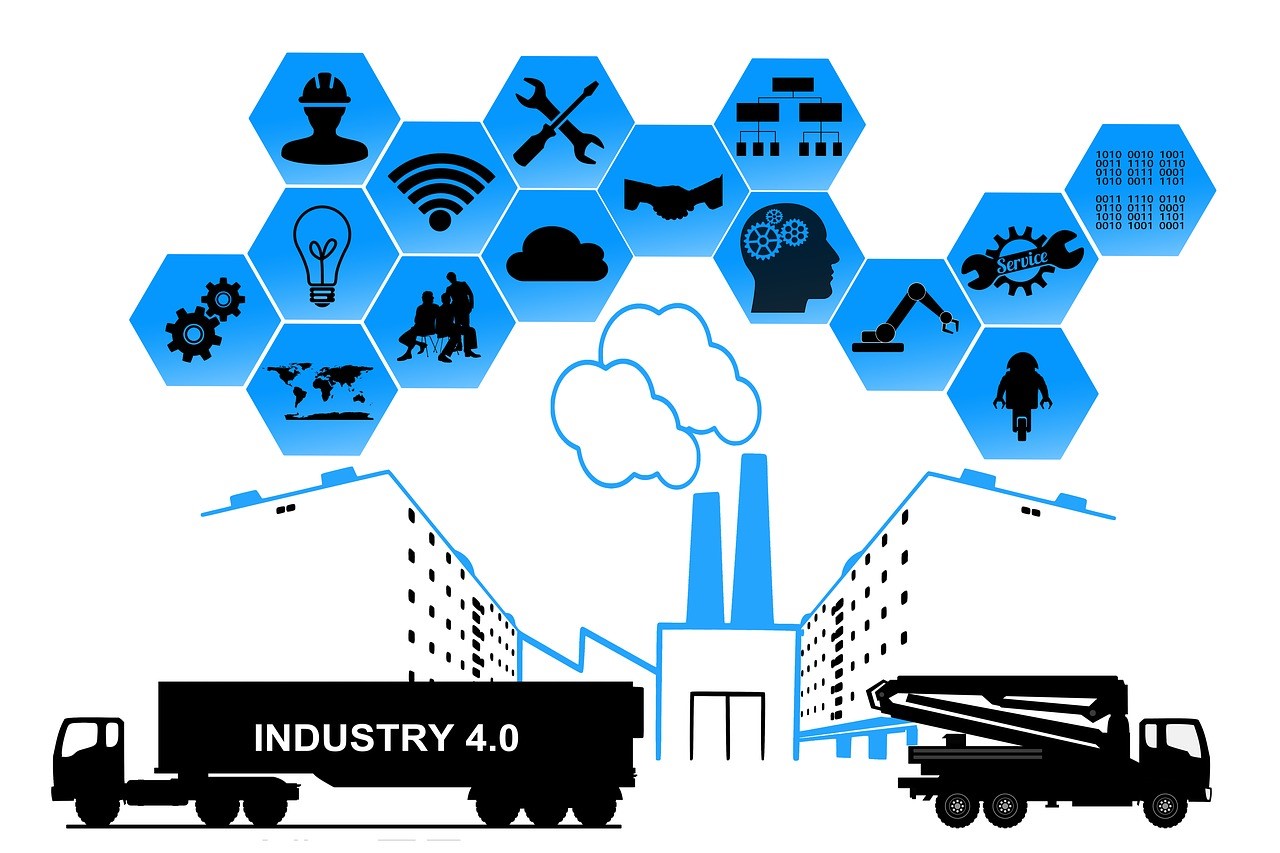Why Fix Something That Isn’t Broken? The Progressive Drive of Women in Educational Leadership
When speaking to Dr. Angela Robbins, founder of eLearingDOC, on my “Empowering Women in...
Read Moreby Stephanie Duguid | Oct 23, 2023 | Empowerment, VoiceAmerica | 0 |
When speaking to Dr. Angela Robbins, founder of eLearingDOC, on my “Empowering Women in...
Read Moreby Stephanie Duguid | Oct 19, 2023 | Empowerment, VoiceAmerica | 0 |
When speaking to Dr. Angela Robbins, founder of ELearningDOC, on my “Empowering Women in...
Read Moreby VoiceAmerica | Jul 31, 2023 | Featured, VoiceAmerica | 0 |
Host of Technology Revolution: The Future of Now and Read My Lips: Cool Conversations with...
Read Moreby VoiceAmerica | Jun 29, 2021 | Business | 0 |
This week’s article is provided by Eric Redmond, a twenty-year veteran technologist and author. It...
Read Moreby VoiceAmerica | Jan 22, 2021 | Variety | 0 |
Join me July 15, 2021 at 9am EST! What is a Smart City? In an increasingly chaotic and disruptive...
Read Moreby VoiceAmerica | Dec 4, 2020 | Variety | 0 |
Join me Mar 4/21, 9am EST as I chat with global risk, ethics and governance strategist, and...
Read Moreby VoiceAmerica | Jun 1, 2020 | Empowerment | 0 |
The impact of the coronavirus on our nation’s elder citizens has been enormous and has...
Read Moreby VoiceAmerica | Mar 16, 2020 | Business | 0 |
To start or to continue receiving the weekly blogs via email, please sign-up using this link:...
Read Moreby VoiceAmerica | Jan 7, 2020 | Business | 0 |
This blog is provided by Dr. Jennifer Barth and her team, as a companion to her interview on...
Read Moreby VoiceAmerica | Dec 3, 2019 | Business, Influencers | 0 |
To start or to continue receiving the weekly blogs via email, please sign-up using this link:...
Read Moreby VoiceAmerica | Feb 1, 2019 | Variety | 0 |
For our June 6, 2019 show we’ll talk to author and Professor, John C. Pine about his book...
Read Moreby VoiceAmerica | Feb 15, 2018 | Empowerment | 0 |
My passion is to help people better their lives by releasing their fears and blossoming into...
Read More












